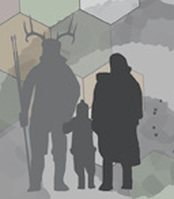My interest in the Asian megalithic traditions has started to move beyond simply using them to demonstrate that normal-sized people can move big rocks. As I've learned a little bit more about the archaeology/ethnography of this part of the world, I've started to see the potential for building a really interesting case that might form a useful comparison/contrast to the prehistoric megalithic cultures of Europe and the Mediterranean and the earthen structures of eastern North America. So . . . perhaps I'm off on another large database project. Who knows. For now I just wanted write a note about the megalithic monuments of Nartiang,India.
My knowledge of the geography of south/east Asia is not great, and I'm guessing that's true for many of the readers of this blog, also. So I made a map showing the locations of the megalithic traditions I've written about so far:
"The megalithic monuments of Nartiang in Meghalaya are significant because of larger dimension. Some of the monuments are very big even 9m high. Nartiang used to be the summer capital of the Jaintia Kings of the Sutnga State. The megaliths here are huge granite slabs probably hewn out by the fire setting method. The huge monolith, is said to be erected by Mar Phalyngki, a Goliath of yore. The Nartiang menhir measures 27 feet 6 inches in thickness."

As I said above, I don't have enough knowledge of the ethnohistory or archaeology of this region to evaluate the claim that the monuments were built by the Jaintia kings. I will just point out that the clustered arrangement, the repeated male/female motif, and the variety of stone sizes all seem to me to be consistent with the "living" megalithic traditions that are related to prestige-building and funerary rituals (i.e., celebrating/commemorating particular individuals or households by harnessing human capital to move and erect large stone monuments). I'm hoping there's a lot more information available on the megalithic cultures of this region.
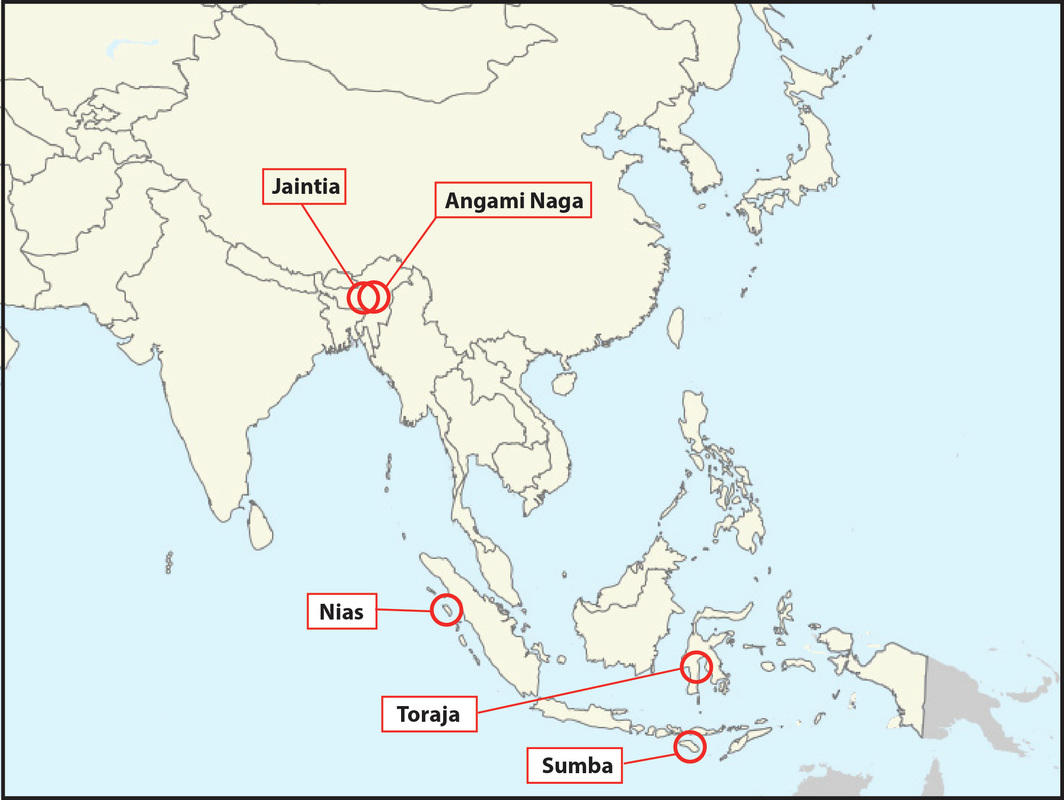
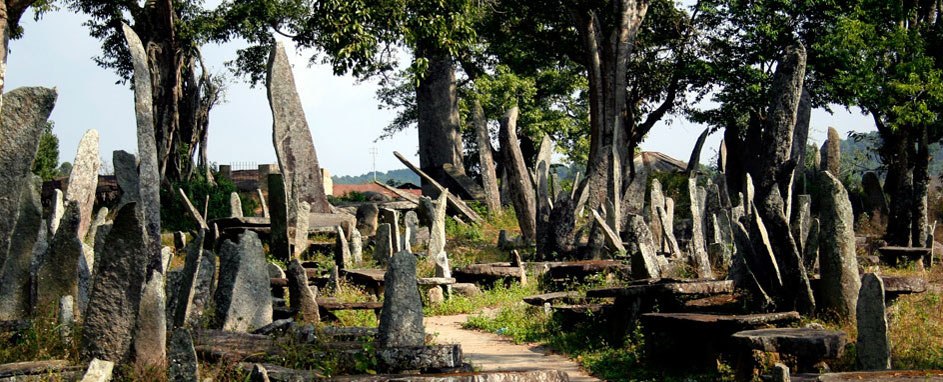
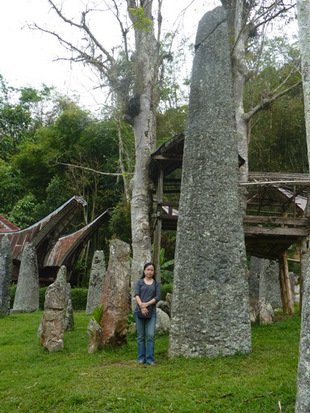
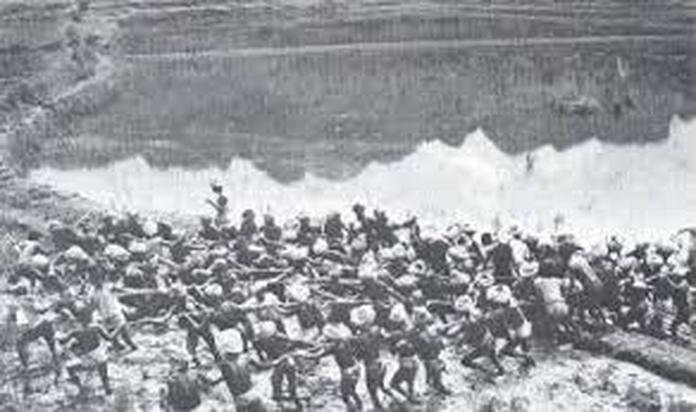
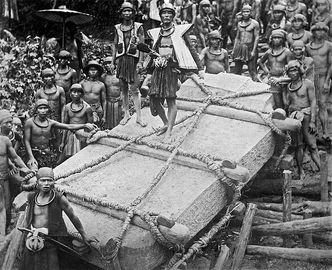
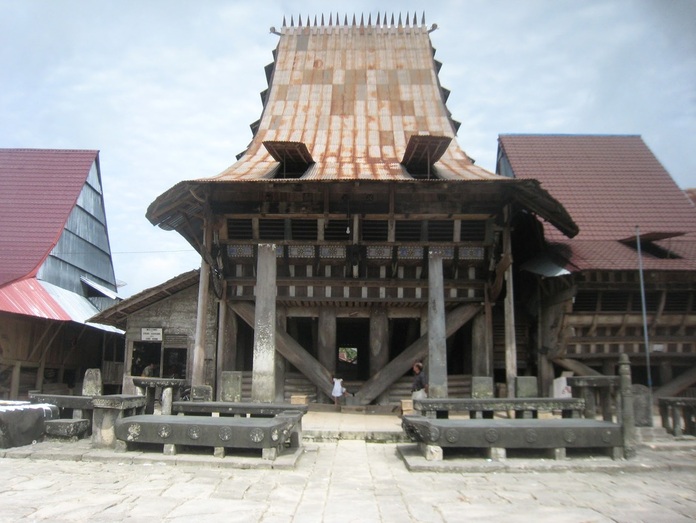
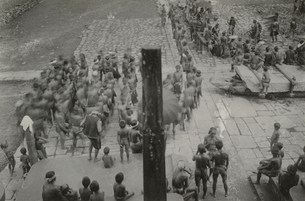
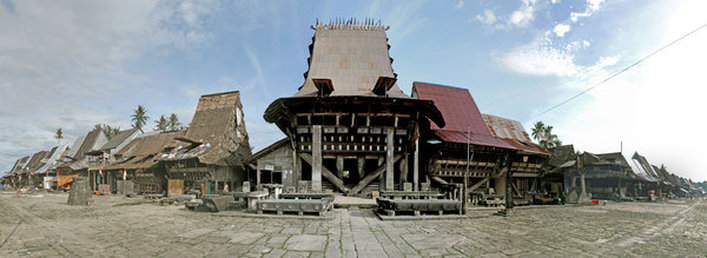
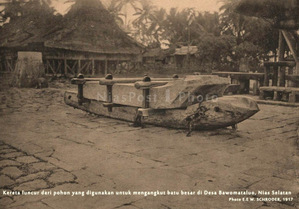
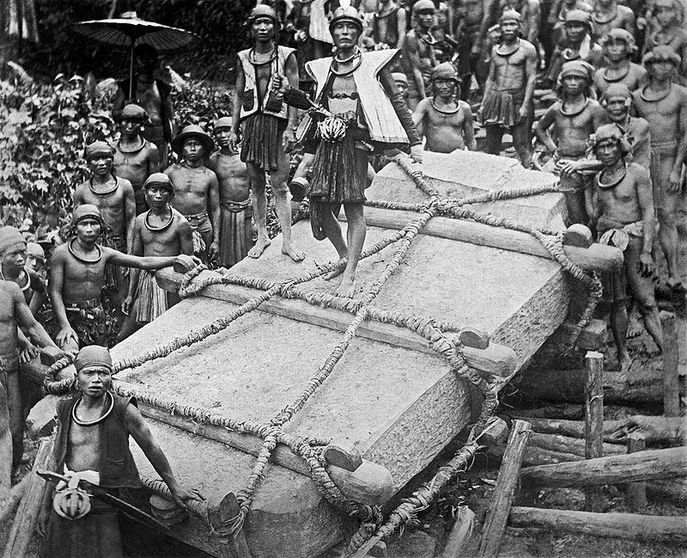
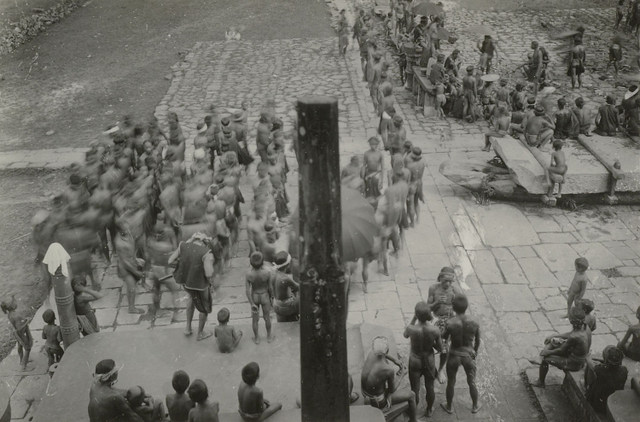
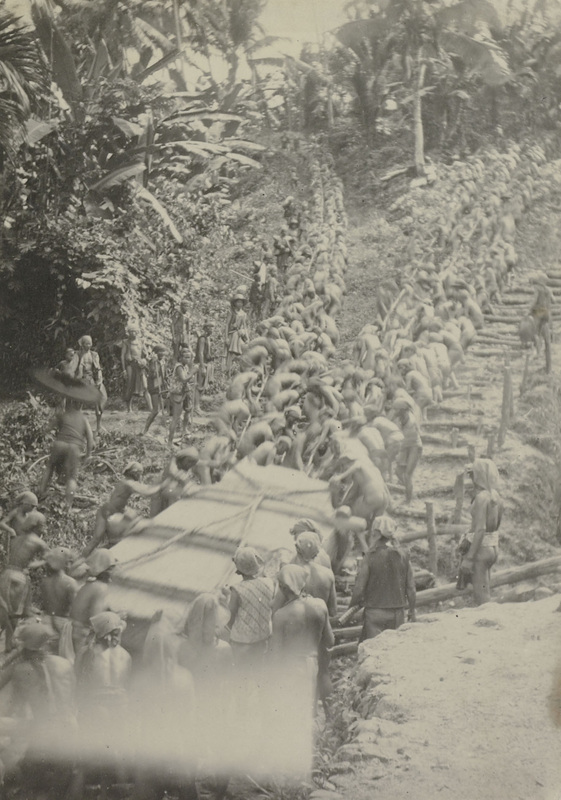
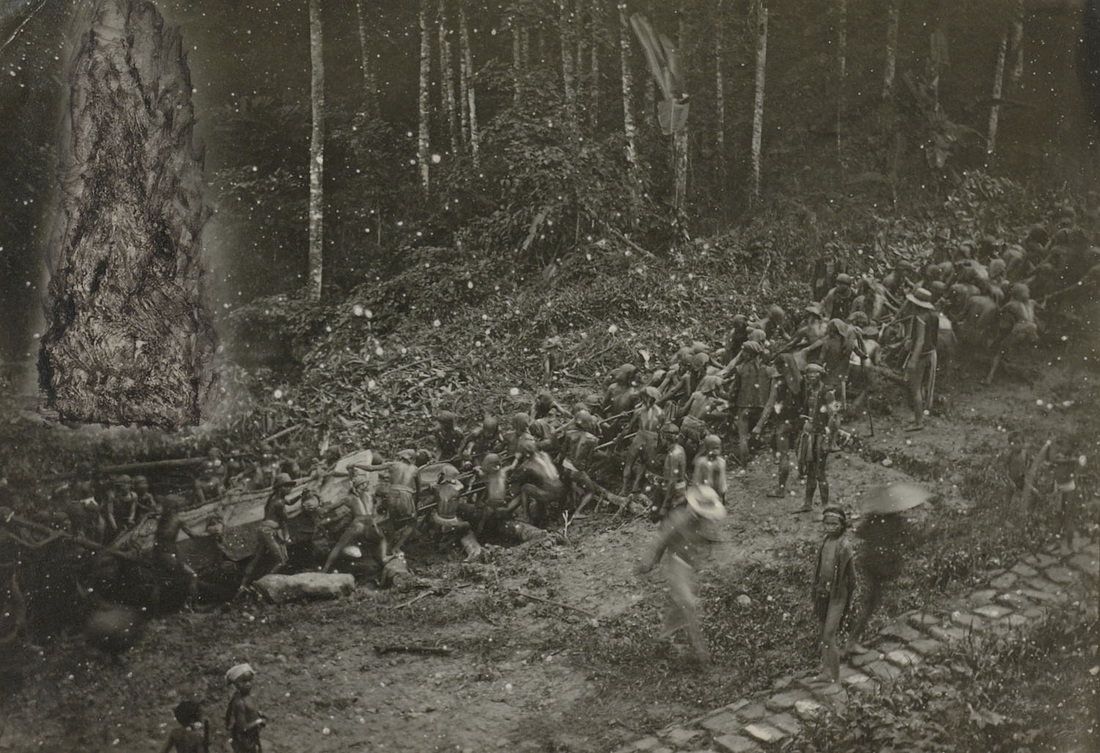
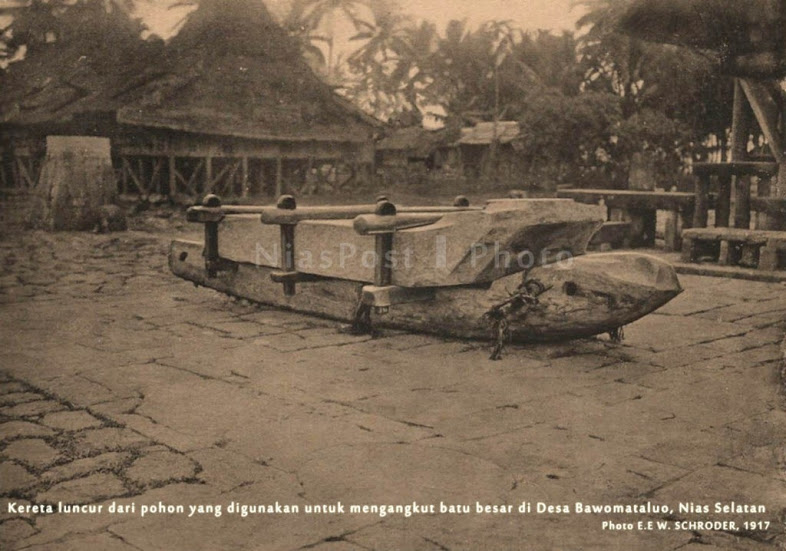
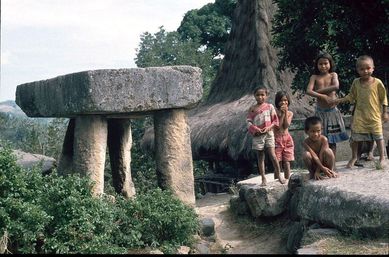
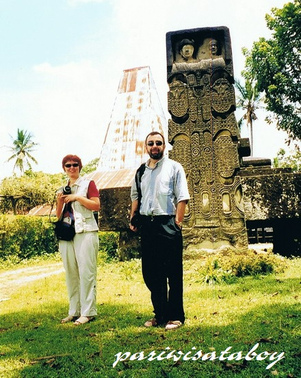
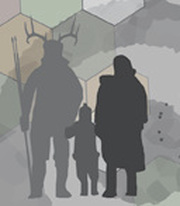

 RSS Feed
RSS Feed
